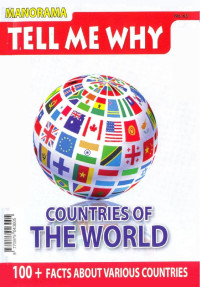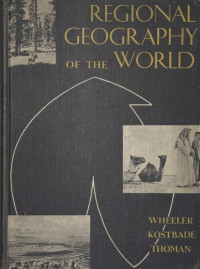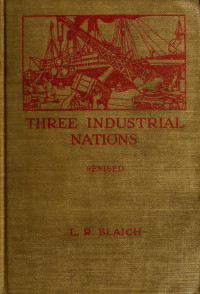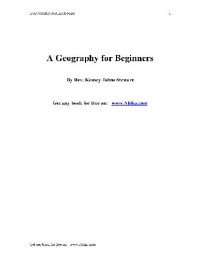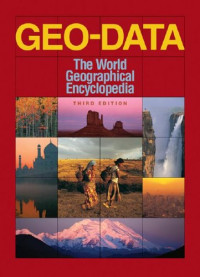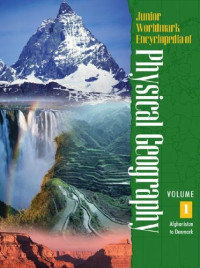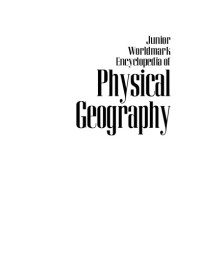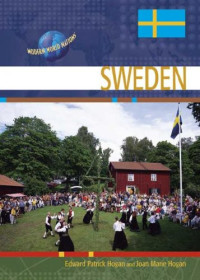
A Brief Geography of New Europe
Harmon Bay Niver, Edward D. Farrell
As a companion volume to our "Brief Physical" and "Brief Commercial" Geographies, the publishers take pleasure in presenting the present "Brief Geography of New Europe." The new nations which have just emerged from the bloody strife of four long years are still a long way from the conditions of peaceful industry, and it is only a matter of conjecture as to what their place will be in the geography of the future. We do not know what they will do, but at any rate, when the aftermath of war has cleared away, they will have a fair start on the road to industrial and commercial progress. They will begin a new career as free nations, for the war just closed marks a radical change in the basis of political geography. The physical basis, of course, never alters except by the action of the forces of nature through infinite periods of time. The primitive boundaries of nations were mainly natural barriers, such as oceans, mountain ranges, deserts, and broad rivers. The people living within such boundaries — usually of the same race — gradually adapted themselves to their environment, and became welded together by a common language, religion, and traditions. In the absence of migrations, conquests, and ready means of communication, these natural barriers became effective national boundaries. The Chinese and Oriental nations generally are examples of these primitive conditions, under which nations have settled down within national boundaries and lived for centuries at peace with the rest of mankind.
Categorias:
Ano:
1921
Editora:
Hinds, Hayden & Eldredge
Idioma:
english
Páginas:
198
Arquivo:
PDF, 17.33 MB
IPFS:
,
english, 1921
 Amazon
Amazon  Barnes & Noble
Barnes & Noble  Bookshop.org
Bookshop.org  Converter ficheiros
Converter ficheiros  Mais resultados de pesquisa
Mais resultados de pesquisa Outros benefícios
Outros benefícios 




![William Edmund Aughinbaugh [Aughinbaugh, William Edmund] — Selling Latin America: A Problem in International Salesmanship. / What to Sell and How to Sell It](https://s3proxy.cdn-zlib.se/covers200/collections/userbooks/6ec34534bc3c0ebd2f7d0d575d0e99d4af576cc0144558415986315bd35c4bda.jpg)


